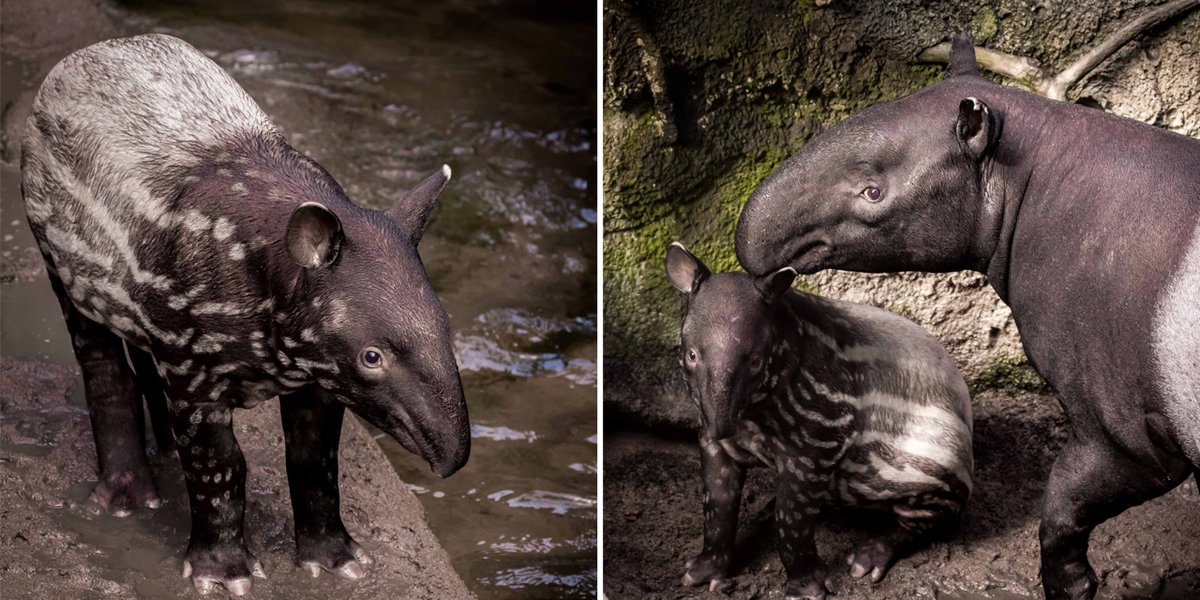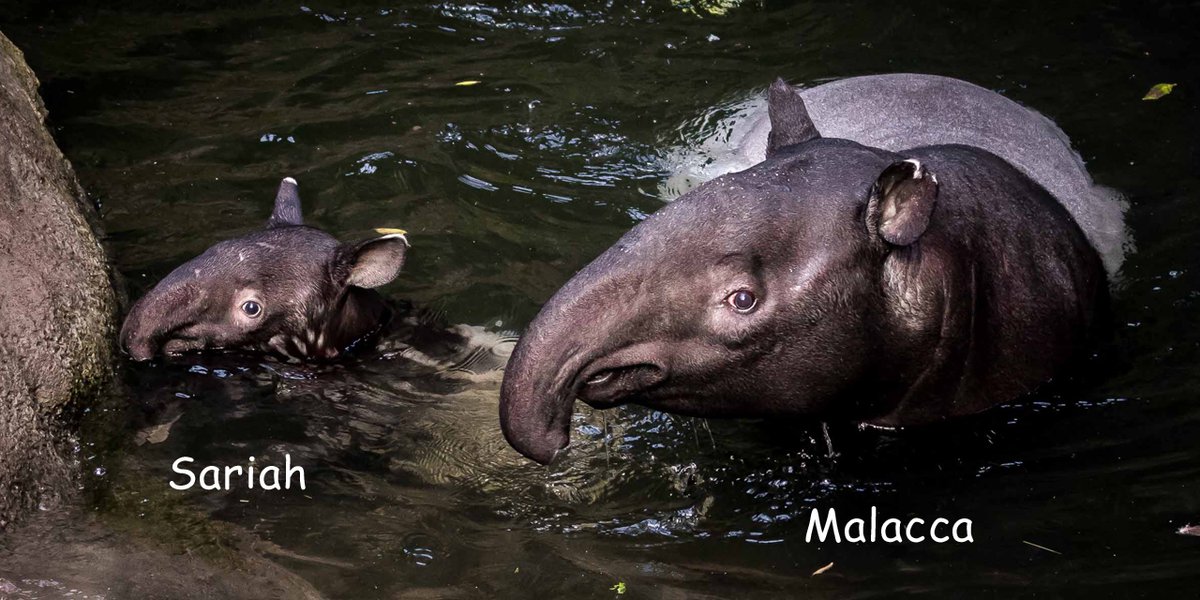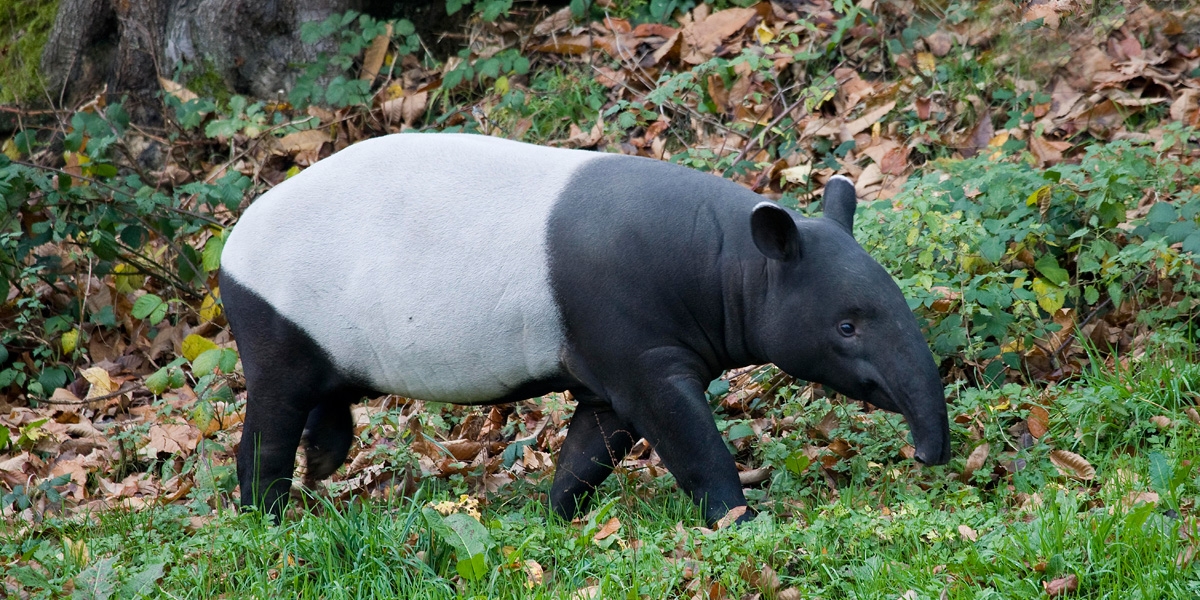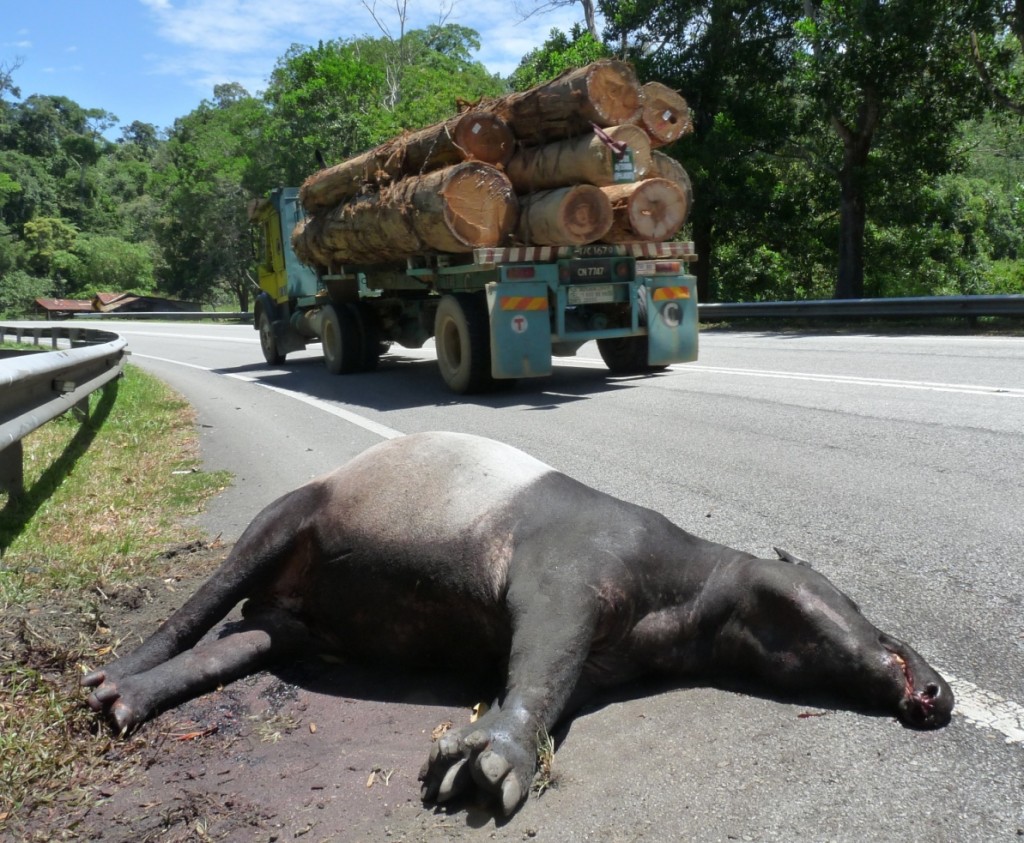Characteristics
SCIENTIFIC NAME: Acrocodia indica
HEIGHT: 90 - 110 cm
LENGTH: 1.8 - 2.5 m
WEIGHT: 250 - 320 kg
BODY: Barrel-shaped
NOSE: Long, snorkel-like
BEHAVIOUR: Nocturnal (Active before sunrise and after sunset) and solitiary
COLOUR: Black and white
LIFESPAN: 30 years
LITTER SIZE: 1 calf



